Required Equipment

Helmet
Helmets are perhaps the most important piece of motorcycle equipment you will own. When taking a course with the OSC, it is mandatory to wear a DOT/SNELL/ECE approved motorcycle helmet at all times. When seated on a motorcycle – even if the engine is not running. We require that the helmet be in good condition, and well fitting. During bike riding eyes must be covered at all times. We strongly recommend a full-face helmet, although approved helmets of less protective design are acceptable. (Eyeglasses may be worn instead of shield).

Jacket
A sturdy jacket must be worn at all times. Arm coverage from shoulder to wrist is required – sleeveless vests are not acceptable. Leather or a synthetic designed for motorcycling is best; however, a heavy denim jacket is an acceptable compromise. The jacket must be in good condition with no major seam flaws or tears, and the closure mechanism (zipper or buttons) must work.

Boots
Our course requires sturdy boots that completely cover your feet and ankles. Boots must be high enough to cover the ankle bone and ensure there is no lower leg skin showing. Acceptable footwear includes leather (preferred) construction boots, sturdy hiking boots, cowboy boots, and “army boots”. Steel toe boots are acceptable but not recommended as they don’t offer ideal flexibility. Blundstone boots, lightweight canvas sneakers, and dress shoes are not acceptable. If boots fasten with laces they should be tucked in so they don’t dangle.

Pants
Long-legged pants of a sturdy material are required. Leather or motorcycle synthetics are great, but denim in good condition is acceptable. There must be no rips or tears in the material, and they must be long enough to cover the top of boots to ensure the lower leg is not exposed.

Eye Protection
Eyes must be protected at all times while riding. A helmet visor is best (but it must be down) or you can wear goggles, glasses, or sunglasses. Inexpensive clear eye goggles for workshop use are acceptable and can be purchased at any hardware store.

Gloves
Gloves must be full fingered and extend past the wrist bone. Full leather gloves are ideal, however canvas or synthetic is acceptable as long as the palms are leather. Proper fit is a must. A second pair of gloves should be considered to ensure comfort during rain or
If you are an experienced motorcycle rider and want to share your knowledge and enthusiasm with others as well as form connections with like-minded individuals, then consider volunteering with the MTP.
Share Your Road Safety Story

Write, record and share today!
Send us your road safety story via email, video or audio and we will post it to our road safety story board to share with the community. Click the button below for more information on how you can share your story.
Our Latest Blogs
Cycling Safety Tips
The weather is perfect to start exploring the many bike paths that...
Motorcycle Safety is Everyone’s Responsibility
May is Motorcycle Safety Awareness Month! Whether you're a new...
April Showers Bring… Bad Drivers
In order to experience the beautiful May flowers, first we must face...



